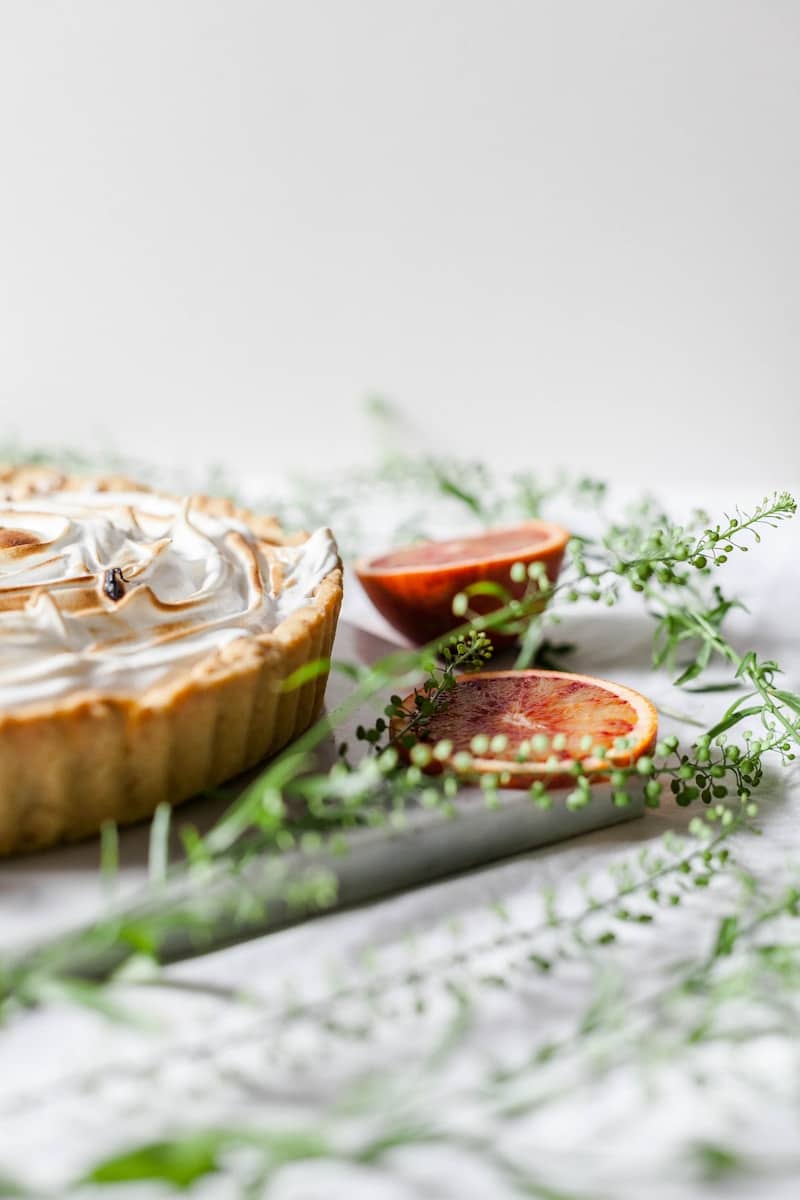How to bake with alternative sugars and flours?

 |
November 27, 2023
|
November 27, 2023
Baking is a delightful experience that can be made even more enjoyable when you add innovative elements to your recipes. This includes substituting standard ingredients, such as sugar and flour, with healthier alternatives. These substitutions allow you to indulge in your baked goods without the guilt. In this comprehensive guide, you’ll discover various substitutes for sugar and flour, learn how to adapt your recipes, and explore the benefits of these healthier choices.
Exploring Sugar Substitutes in Baking
Sugar, a key ingredient in most baked goods, is known for its ability to impart sweetness and contribute to the structure of the recipe. However, the health consequences associated with refined sugar have encouraged many home bakers to seek out healthier substitutes.
Sujet a lire : What are the best tips for making homemade jams?
Natural Sweeteners: Maple Syrup and Coconut Sugar
Maple syrup is not just for pancakes or waffles anymore; it is also a fantastic sugar substitute in baking. This natural sweetener contains minerals and antioxidants, making it a healthier choice than refined sugar. When substituting, use ¾ cup of maple syrup for every cup of white sugar in your recipe. Adjust your liquids too, reducing them by about 3 tablespoons for every cup of syrup used.
Coconut sugar, derived from the sap of the coconut palm, is another popular natural sweetener. It has a lower glycemic index than regular sugar, which means it doesn’t spike your blood sugar levels as dramatically. Substitute it on a 1:1 basis for sugar in recipes.
Cela peut vous intéresser : What are the best strategies for meal prepping?
Low-Carb Sweeteners: Erythritol and Lakanto
For those adhering to a keto or low-carb diet, erythritol and Lakanto are excellent sugar substitutes. Erythritol is a sugar alcohol that occurs naturally in some fruits. It has almost no calories and doesn’t affect blood sugar or insulin levels. Lakanto is a blend of erythritol and monk fruit, a small, sweet melon native to Southeast Asia. Both can be used in the same quantities as sugar in recipes.
Navigating Flour Substitutes in Baking
Flour forms the backbone of most baking recipes, providing the structure and texture to your baked goods. However, if you are gluten-intolerant or simply looking to reduce your carbohydrate intake, there are plenty of flour alternatives.
Almond Flour and Coconut Flour
Almond flour, made from ground almonds, is a popular choice for many bakers due to its light texture and subtle sweetness. It’s packed with protein and low in carbs, making it ideal for keto baking. When substituting, use the same amount of almond flour as you would wheat flour, but reduce the amount of fat in the recipe by up to 25%.
Coconut flour, made from dried, ground coconut meat, is another great alternative. It has a high fiber content and is also protein-rich. However, it’s highly absorbent, so you’ll need to add extra eggs and liquid to your recipes. A good rule of thumb is to use ¼ cup of coconut flour for every cup of regular flour in your recipe.
Oat Flour and Buckwheat Flour
Oat flour is made from ground oats and offers a light, slightly sweet flavor to baked goods. It’s a great source of fiber and is naturally gluten-free. However, it doesn’t rise like wheat flour, so it’s best used in combination with other flours or baking agents.
Buckwheat flour, despite its name, is not related to wheat and is completely gluten-free. It imparts a rich, earthy flavor to baked goods. Substitute half the amount of wheat flour in your recipe with buckwheat flour for best results.
Adapting Baking Recipes with Sugar and Flour Substitutes
Adapting your favorite recipes to include these sugar and flour substitutes might require some trial and error initially. The key is to understand the properties and behavior of these substitutes. For example, coconut sugar does not melt or cream the same way as white sugar, and almond flour does not bind as well as wheat flour.
Ensure you adjust your liquid ingredients when using moist sweeteners like maple syrup, and add additional eggs or binding agents when using absorbent flours like coconut flour. While these changes may seem complicated at first, with practice, using these substitutes can become second nature.
Benefits of Baking with Sugar and Flour Substitutes
Baking with alternative sugars and flours has multiple benefits. First, it opens up a wide range of baked goods for those with dietary restrictions or health concerns. Secondly, these substitutes often provide additional nutrients, such as fiber, protein, and minerals, that are not found in refined sugar or flour.
For instance, using coconut sugar instead of white sugar can help keep your blood sugar levels stable, while baking with almond flour can increase the protein content of your recipe. These swaps do not merely replace the original ingredients; they also enhance the nutritional value of your baked goods.
In conclusion, the use of sugar and flour substitutes in baking is not only a solution for those with dietary restrictions but also an opportunity to experiment with new flavors and textures in your recipes. Happy baking!
Experimenting with Monk Fruit as a Sugar Substitute
Monk fruit, a small melon native to Southeast Asia, has been used for centuries as a natural sweetener and medicinal herb. Recently, it has gained popularity as a sugar substitute in baking due to its zero-calorie and sugar-free attributes. It gets its sweetness from antioxidants known as mogrosides, which are estimated to be up to 300 times sweeter than granulated sugar, but do not raise blood sugar levels.
In baking, monk fruit is often blended with erythritol, as in the case of Lakanto, to balance the sweetness and to achieve a 1:1 sugar substitution ratio in recipes. This makes it a keto-friendly option for those looking to reduce their sugar intake without sacrificing taste.
It’s important to note that while monk fruit sweetener does not have the caramelizing properties of sugars like brown sugar or coconut sugar, it can still be used successfully in a variety of baked goods. Cakes, cookies, and pastries can all be made using monk fruit, with only minor adjustments to the original recipe required. This might include adding a little extra fat or liquid to achieve the right texture and moisture balance.
Incorporating Other Gluten-Free Flours in Baking
In addition to almond and coconut flour, there are several other gluten-free flour options that can be used in baking. Each has its own unique nutritional profile and impact on the taste and texture of your baked goods.
Rice flour, derived from finely ground rice, is a versatile flour that can be used in a variety of baked goods. It has a neutral flavor, which makes it an excellent flour substitute for traditional wheat flour in recipes with delicate flavors.
Quinoa flour, made from ground quinoa, is rich in protein and fiber. Its nutty flavor works well in hearty baked goods like muffins, bread, and cookies. Substitute half the amount of wheat flour in your recipe with quinoa flour for best results.
Sorghum flour, made from ground sorghum grain, has a mild, sweet flavor that makes it a favorite for gluten-free baking. It contributes a smooth texture to baked goods and can be used in a 1:1 ratio in place of wheat flour in most recipes.
Conclusion: Embrace the Art of Baking with Alternative Sugars and Flours
Baking with alternative sugars and flours can initially seem challenging, but it’s also an exciting opportunity to explore new flavors and textures, while creating healthier, dietary-friendly baked goods. Whether you’re substituting maple syrup for white sugar or experimenting with gluten-free flours like coconut or sorghum, these swaps not only make your recipes accommodating for special diets, but also enhance the nutritional value of your treats.
Remember, successful substitution involves understanding the properties of these alternatives and adjusting your recipes accordingly. It may require a bit of trial and error, but the end result is worth it. So, go ahead and embrace this creative and healthy approach to baking with sugar and flour substitutes. The world of baking is expansive and filled with opportunities for innovation, and these alternatives are just the beginning. Happy baking!
